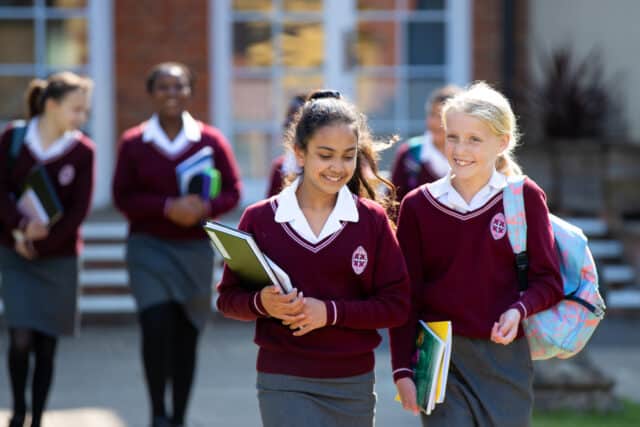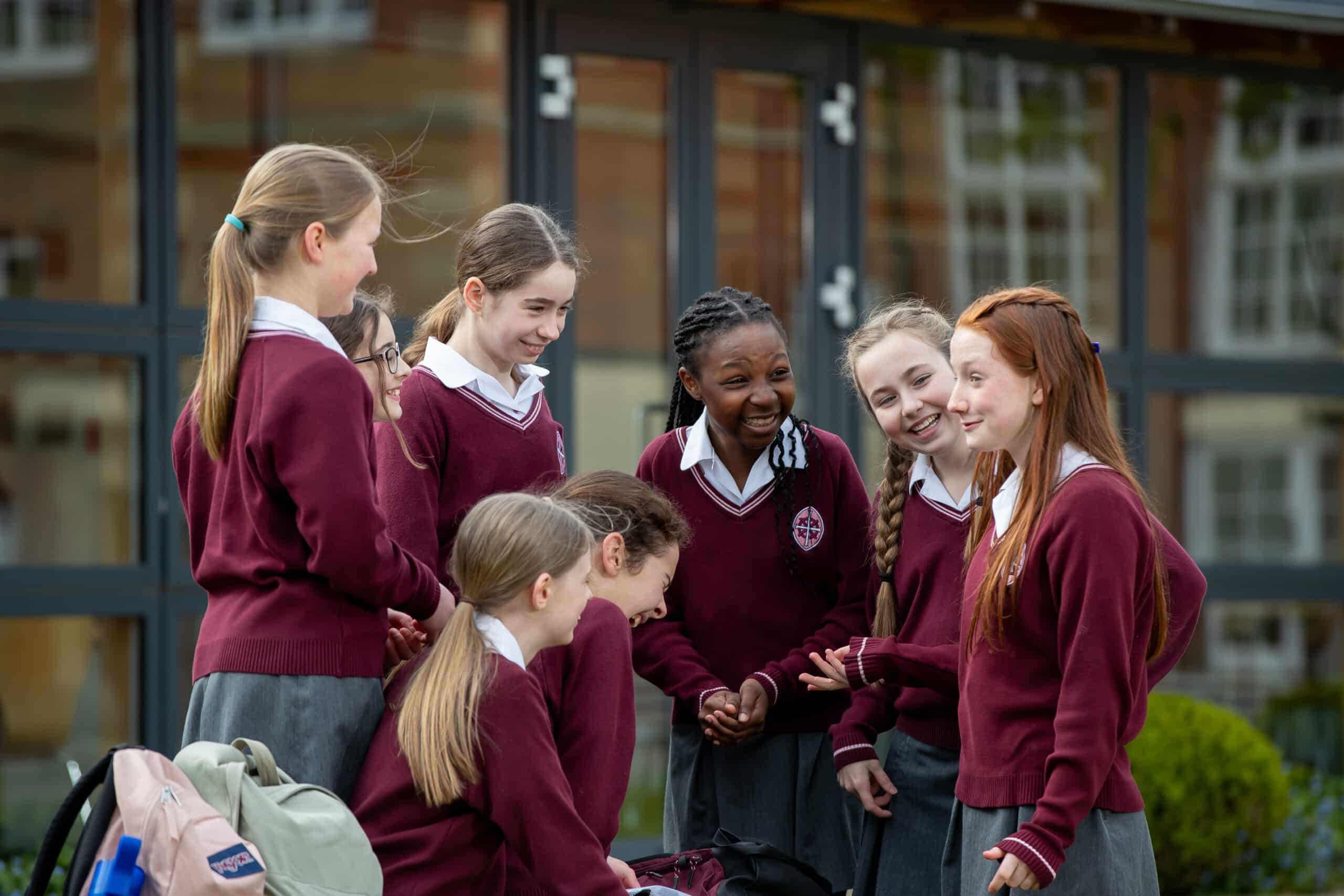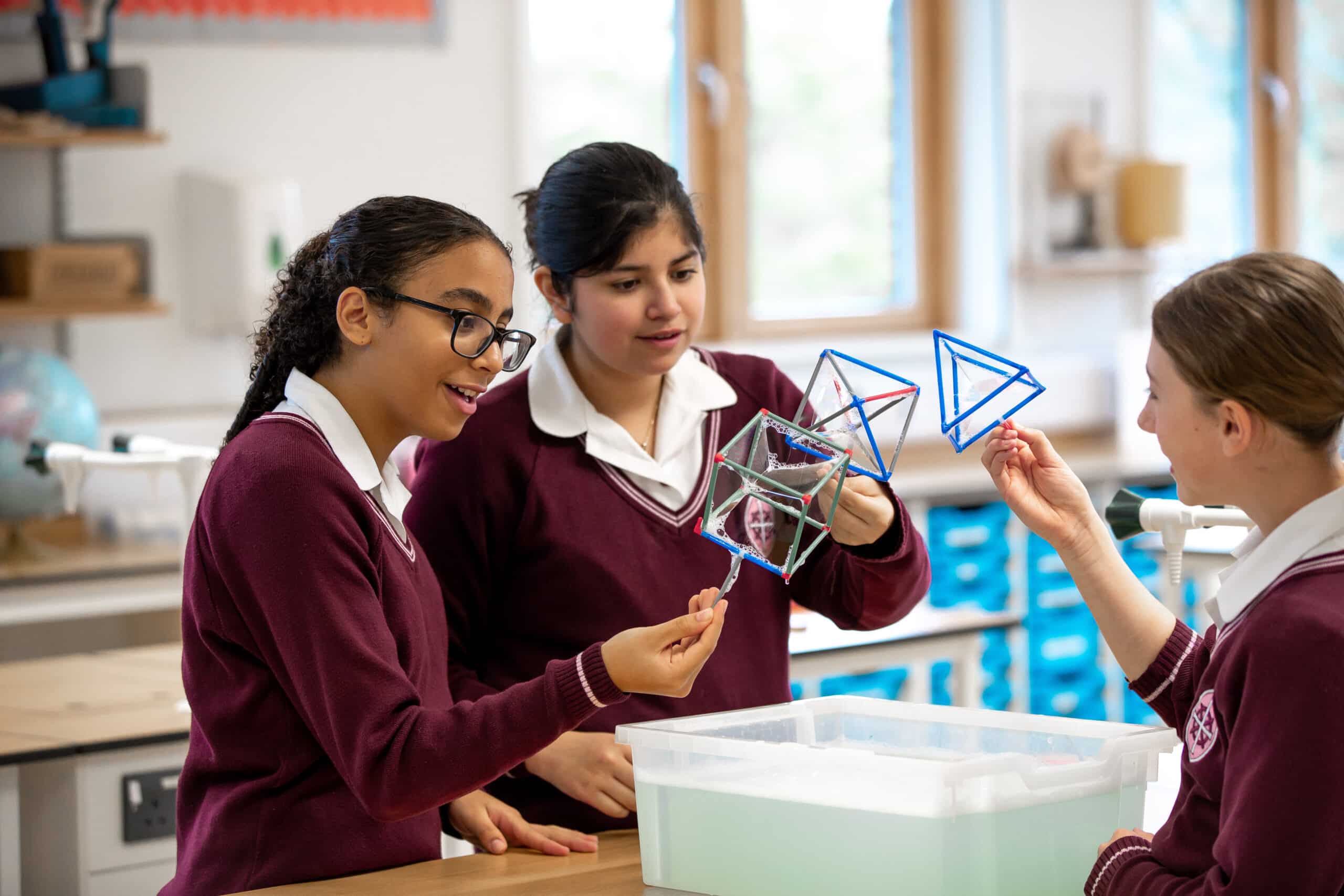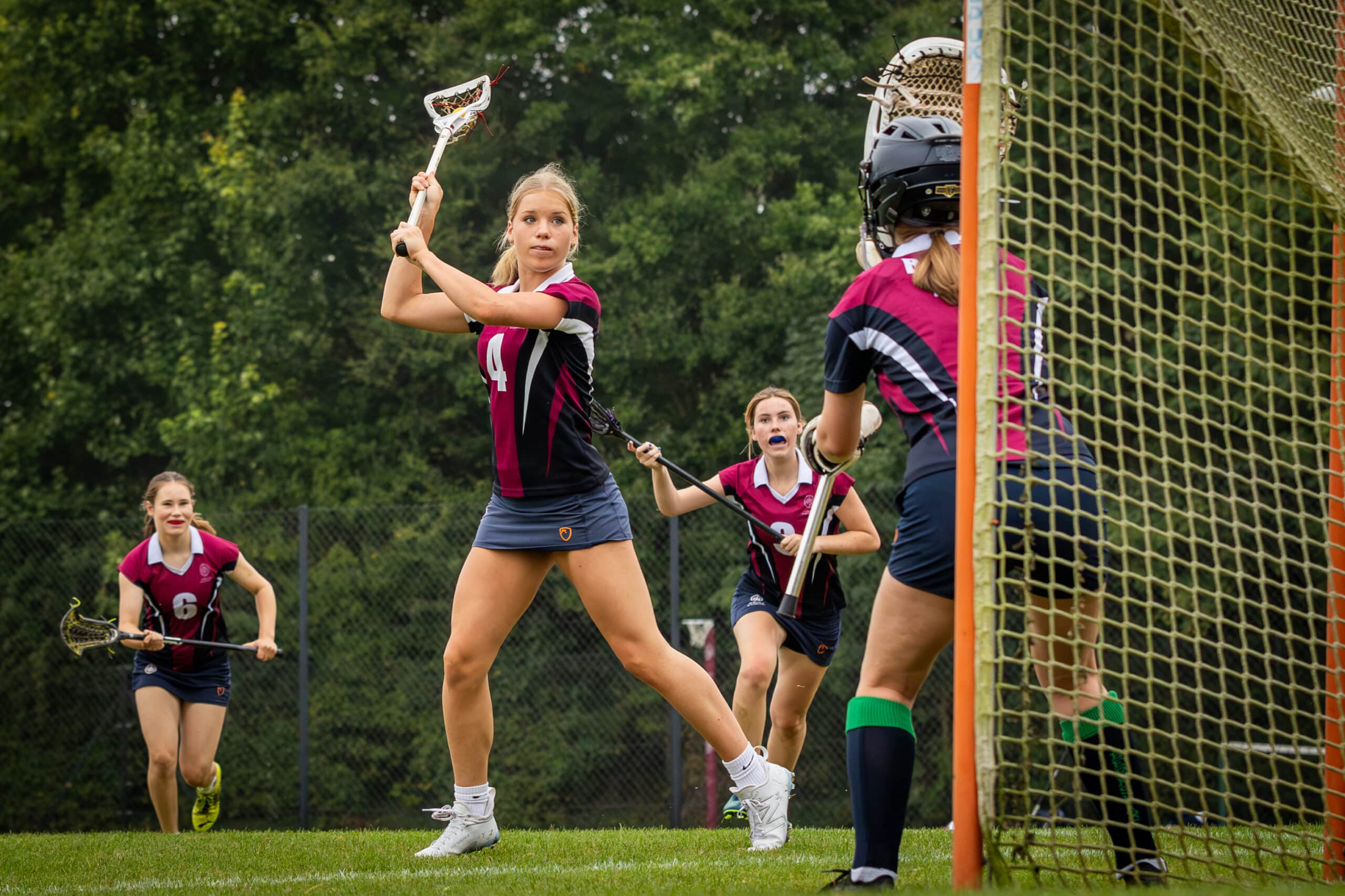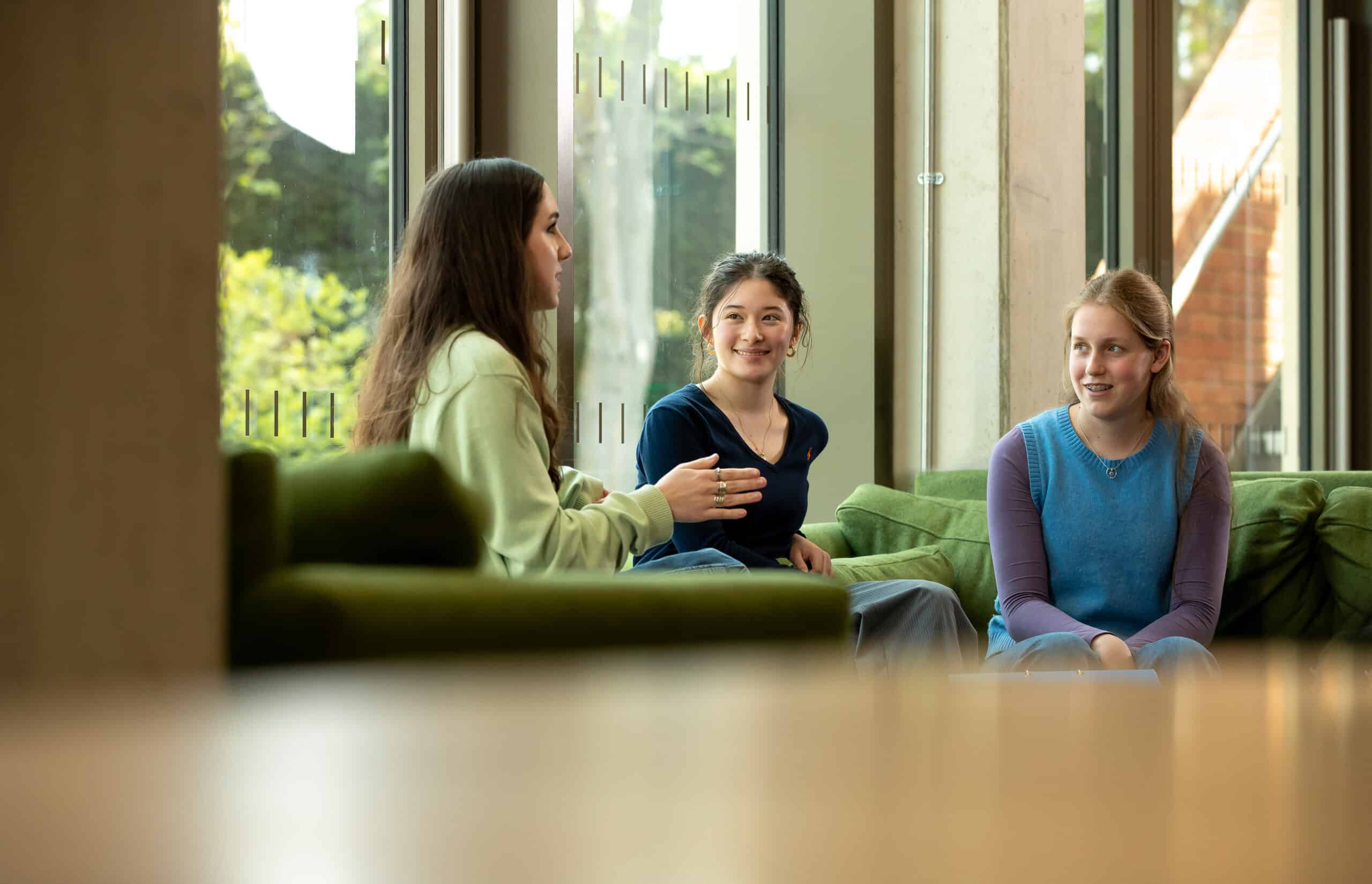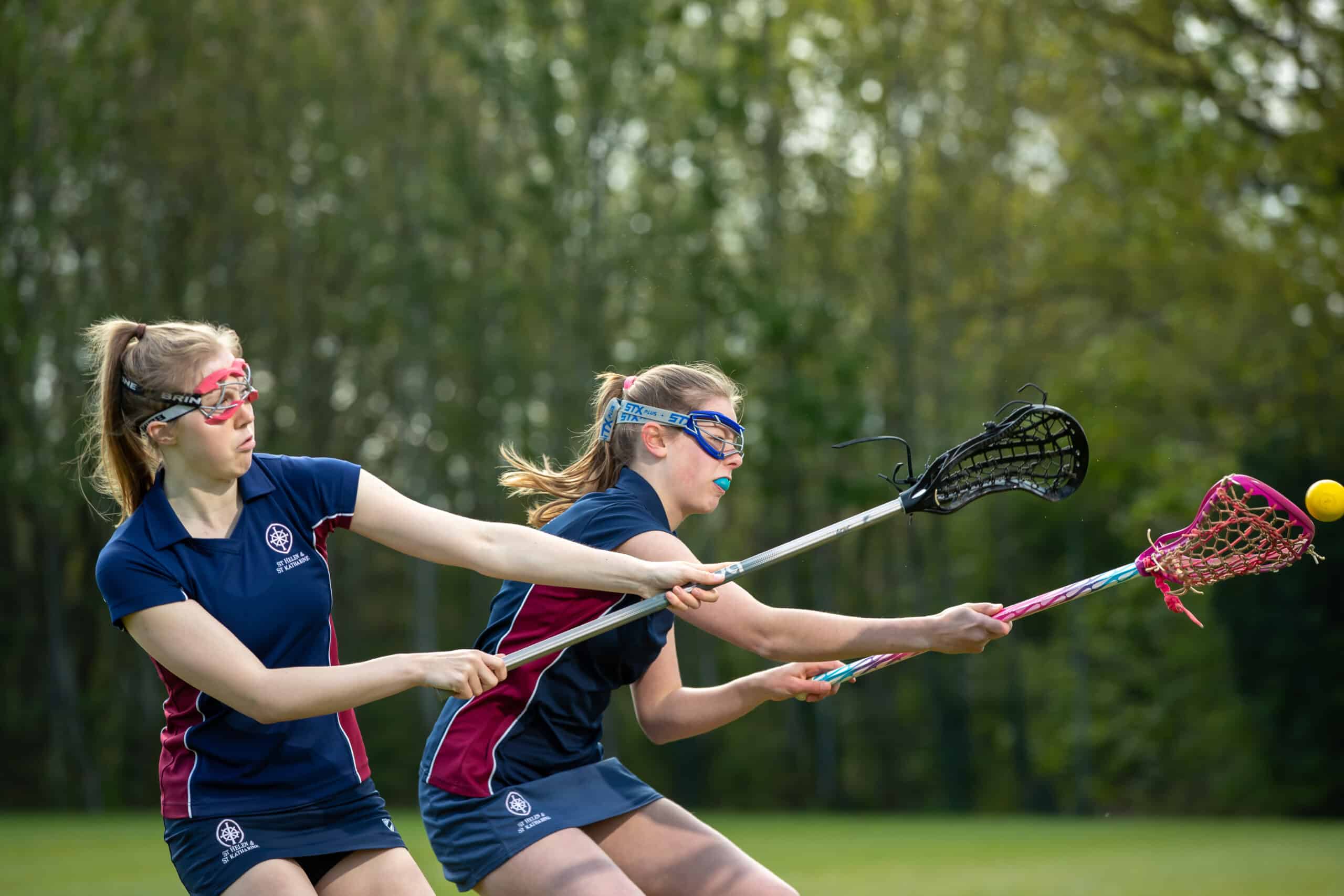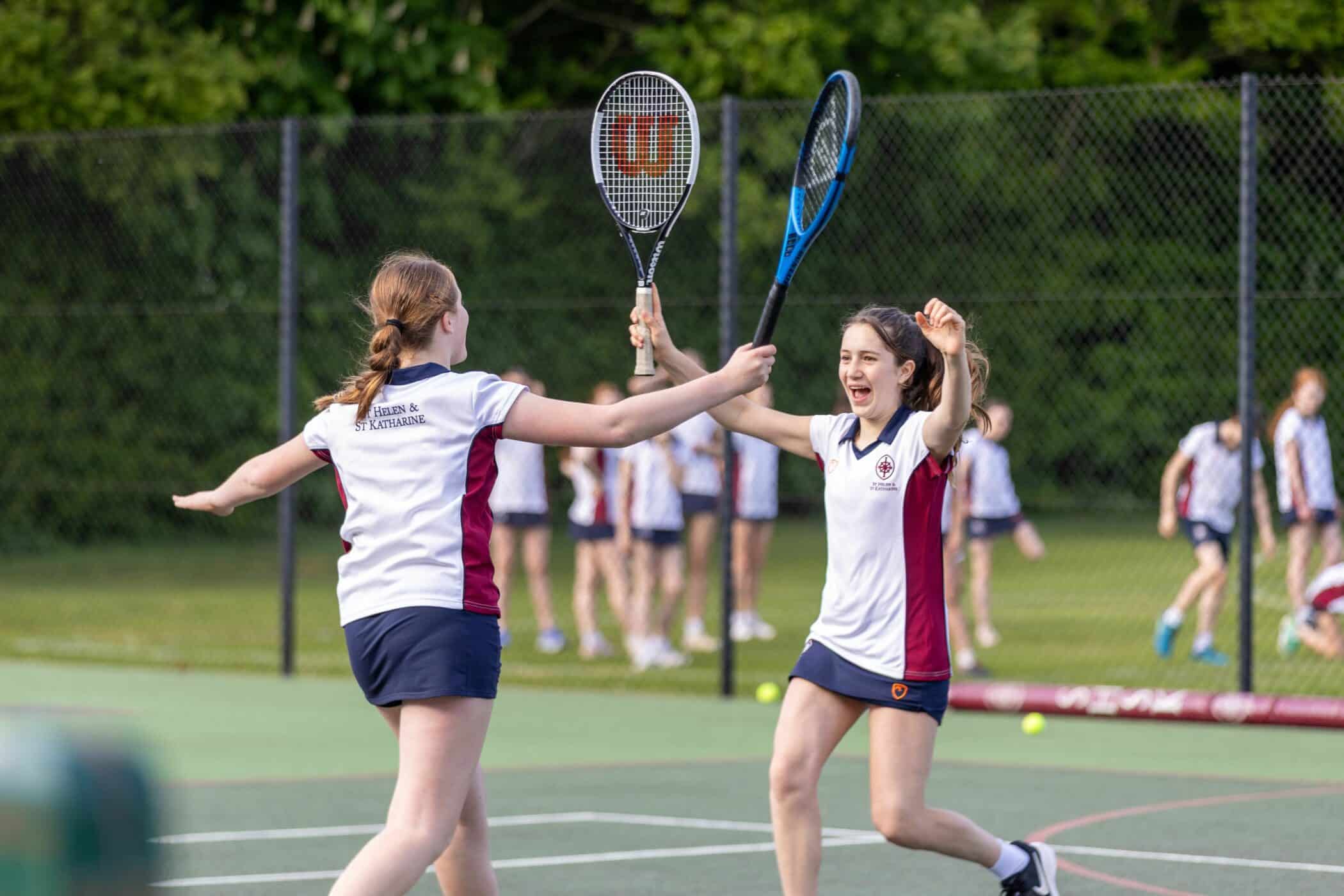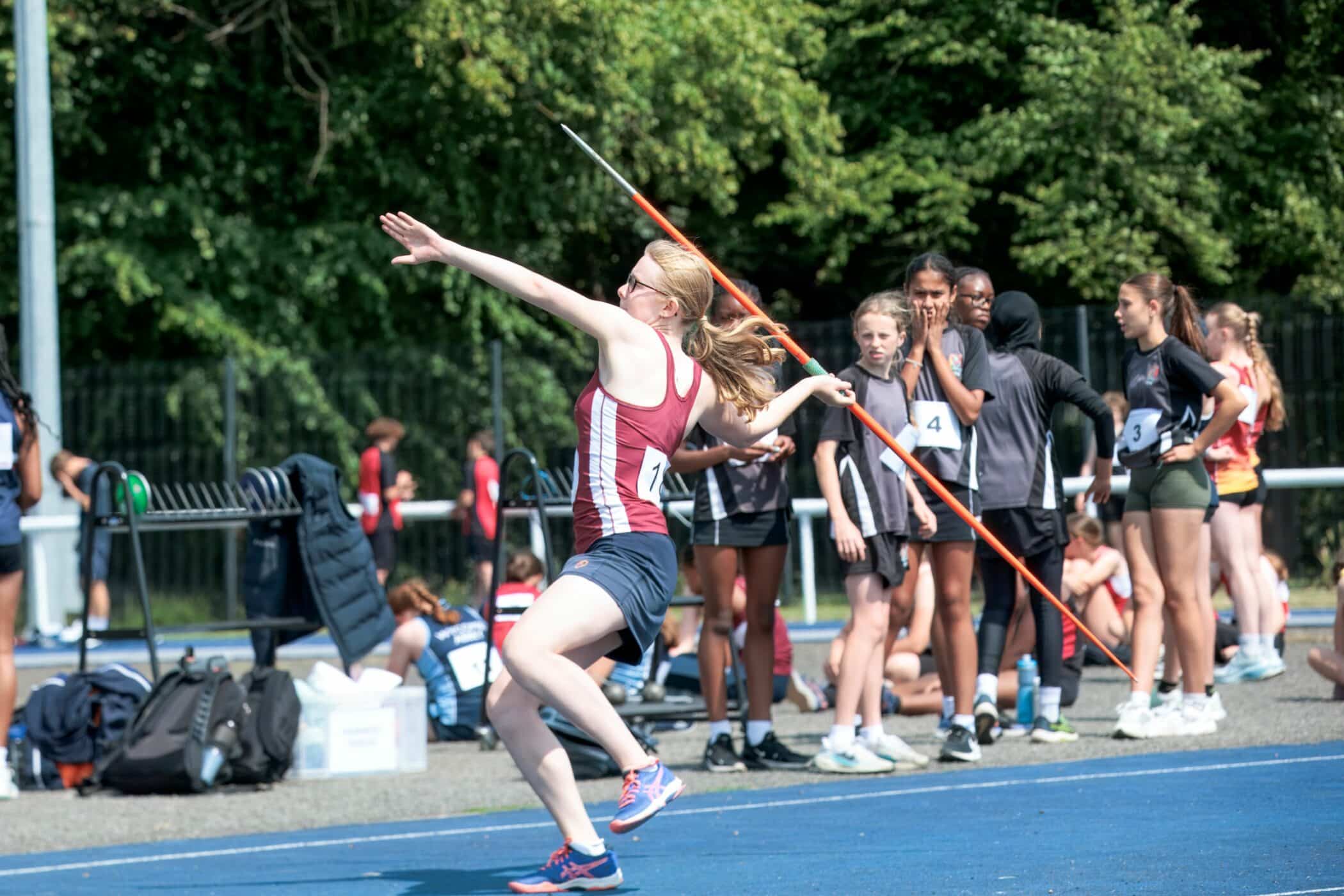This summer, 30 nations descended on Towson, Maryland, USA, for the Lacrosse Women’s World Championships 2022. For context, lacrosse is an amateur sport outside of the USA, so athletes involved are working full-time jobs around training as professionally as they can. This also means that the tournament duration is shorter than other international tournaments. For example, the UEFA Women’s Euros this summer was just under four weeks, with the Lacrosse World Championships being 10 days long. Why mention this? Well, this sets the context for the demands of the tournament (seven to eight 60-minute games in 9–10 days), and how important the preparation and support for the tournament is. Amateur athletes had to go above professional athlete requirements and, in Italia’s case, play 7 matches in 9 days. So how can a performance coach like me make a difference?
Training
Like any event/performance/test, preparation beforehand is crucial. A World Championship is every four years, and our training cycle started two years ago to slowly put the building blocks in place needed to perform. On the physical side, our strength & conditioning (S&C) programme is required to develop the robustness to endure the tournament and excel in it daily. This required a significant focus on movement quality within gym-based training, warm-ups, and pitch-based work, particularly around sprinting and change of direction/agility. At the same time, developing whole-body strength and high levels of running fitness.
A typical week would contain two gym sessions, two speed and agility sessions, and one fitness session, but this depended on the athlete/training block/other demands etc. Players would also have lacrosse training 1–2 times a week, which could integrate some training components and matches depending on the stage of the season. Physical qualities like speed and fitness would be monitored at training camps, and athletic development sessions would be done like the gym session pictured. Culturally, Italian females don’t have the same background in sports and the training that goes with that compared to the men, so sessions like this gym session were super valuable in building their confidence to lift well. Two weeks before the tournament, players were also out, making sure they were doing their running sessions out in the heat to become adapted to performing in 30°+ degree heat.
Travel
Travelling to the US and adjusting to the time difference while preparing to play throws up more hurdles to navigate from a physical and cognitive side. Your body’s natural clock (also known as your circadian rhythm) dictates all your innate day-to-day habits like sleep, eating, and various hormone releases, which all influence how you feel and, subsequently performance.
From Italy to the East Coast of the USA is a 6-hour time difference and the general rule of thumb is it takes a day per hour of time difference to adjust. However, by understanding the influence light exposure has on the main sleep hormone (melatonin), you can try to manipulate it in your favour for both pre-departure and on arrival. Pre-departure (if possible), the aim is 1–3 days before to start phase shifting sleep and wake times towards the new time zone to get a head start on the time difference. On arrival seeking sunlight in the afternoon (when it would be night-time in Italy) can also help delay the melatonin release and urge to sleep later towards your “new” evening time.
Tournament nutrition
Sports science shows that match play in team sports almost entirely depletes the stored energy in muscles (muscle glycogen), which results in reduced output from athletes. Metrics like total distance covered, percentage of time spent walking versus sprinting and number of sprints are affected. In the context of this tournament, with back-to-back games, athletes could easily fall into a cycle of not replenishing their energy stores enough and emptying the tank earlier and earlier into games as the tournament went. This meant ensuring that athletes were on top of fuelling was priority number 1. Fortunately, with the tournament being at Towson University, the food hall was huge (five times the size of St Helen’s Refectory) with an unbelievable amount of options all throughout the day. We just then kept the players topped up with snacks during match carbohydrate options (Gatorade, sweets, dried fruit) and post-match (more on recovery later). Protein was also key in repairing the damage done to the muscles from high-force actions like sprinting, deceleration and changing direction. Plus, the element of muscle damage from physical contact too!
Hydration
Keeping on top of hydration and fluid balance was important not just for performance but for the players’ health. In 30°+ heat (highest recorded “feels like” temperature was 37° with the humidity) sweat rates can be as high as 2.5L per hour! At a previous training camp to highlight this we did a field test of this by weighing players before and after an hour’s simulated game in 32° heat. The range of sweat rates was 1–2.5L of fluid lost! Individual factors come into play but also positional demands, intensity of play etc. But this combined with knowing that from the beginning of the warm-up to the end of the match is around 2.5 hours with national anthems, breaks and time-outs filling out the 60-minute game, a huge amount of fluid could be lost in that time.
From sports science research, the turn point for when performance detriments (cognitive and physical) start to occur is when athletes lose around 2% of their bodyweight. So for a 50kg athlete that would be losing 1kg (1kg = 1 litre). The health risks start to come in after that point with sustained intensity in the heat plus dehydration potentially leading to heat stroke which can be fatal if the core temperature rises too high. What did we do to ensure optimal hydration? Firstly the players had two water bottles, one a huge 2L bottle for water and the other a 750ml bottle for energy drinks. All the pitches also had coolers of ice water and Gatorade available on each bench. Electrolytes are also key in ensuring fluid balance within the body as with such high sweat rates, lots of minerals are also lost in the sweat. Hydrating with just water wouldn’t help the fluid balance so we used 1–2 electrolyte tabs a day. General hydration levels were also tracked with a morning weigh-in then pre-match (depending on schedule) and post-match to help have a rough idea of where players were and what they needed to do.
Match preparation and roles
Before matches, players at this level know what they need to do for their bodies to prepare to play. In the hotel before leaving this might be foam rolling or stretching particular areas, receiving treatment or taping from the physio, or doing activation exercises. We were also lucky to have access to Towson’s athletic training room with fantastic facilities to help care for the player’s needs.
On the pitch, the warm-up needed to tread a fine line between firing up the intensity to play an international match and managing fatigue with an eye on the bigger picture across the tournament. We had a set routine and timings working through general mobility to loosen off, hand-eye coordination dial-in, shortened traditional warm-up movements, into some short sprint and reactive work, then the lacrosse stick work and final build-ups. I also warmed up the keeper during the out-field players stick work.
I think the psychological side of warm-ups to go with the physical is an important consideration too, you want the players to hit a level of intensity physically but also that they feel good and confident in themselves. For me, this is achieved by having some level of challenge or competition in the speed/agility section that can vary from game to game, but then generally lots of familiarity in the rest of the drills that players can execute well and feel good about themselves! Music also plays a massive part in this but I leave that to the players, too much responsibility!!
Recovery
The team bought into our huge emphasis on the importance of recovery to be able to repeatedly perform throughout the tournament. Given the back-to-back days, we viewed being able to recover better than other teams as a competitive advantage. Nutrition was a huge part of this, as discussed earlier, and has the biggest impact along with sleep to facilitate recovery. Post-match players had a protein shake and carbohydrate snack while having a 10-minute ice bath and 20 minutes in the Normatec compression sleeves (pictured), while also foam rolling/massage gun, and stretching. Depending on the match time/schedule we would also do foam roll and stretch sessions as a team, but the girls were great at looking after that side of things on their own too.
Psych & well-being
The psychological and well-being side is also an important consideration in a tournament setting that is as intense as this. Players were living in each other’s pockets 24 hours a day for two weeks, even sharing rooms and bathrooms at their accommodation. Days were busier than you might think for playing one 60-minute match a day with pre-match starting around two hours before the draw time, post-match taking around an hour, mealtimes, team meetings, training, and just logistics moving around a large campus to different facilities. Add in the emotions of winning, losing, individual feelings around matches and performances, plus life outside of lacrosse, it can be a lot to navigate as a collective with 20 players plus the staff. My role along with our physio sits in a space where we are player-focused but also part of the management/coaching group. We need to be able to wear three hats of perspective (athletes, management and our own) and strike the right balance between them which can be tough. We spend a huge amount of time with the players, have their trust and they will speak openly about things to us. Being part of the management group, we also know 100% of that side around performance, tactical considerations, players’ decisions etc. Done right you can be a crucial cog between coaches and players, navigating and helping potential decisions, decisions made, and feelings around the team and individuals, for the greater collective mission of the world championships. It can be a lot to take on but having great relationships with both the coaches and players and being able to be honest makes a huge difference to having a good tournament with a happy feeling in the squad.
Aside from our own roles to play, we supported team cohesion and player well-being by doing team-building activities in the build-up days before the first game, a self-reflection task around knowing what you need and how to support yourself as a person, and each morning players filled out a short wellbeing form rating aspects like sleep quality, mood, energy levels and we did this in person on an iPad so we can also talk to the players too.
Overall, it was an incredible tournament and as a practitioner, I’m really grateful to the staff and players for the trust and support to implement as much as we did. To have 100% player availability for every match is a testament to everyone’s efforts. For the reader hopefully, this gives some insight into the busy behind-the-scenes of what goes on supporting a team through a major tournament.
Mr Wall, Head of Athletic Development & Health

